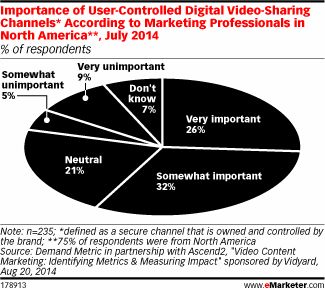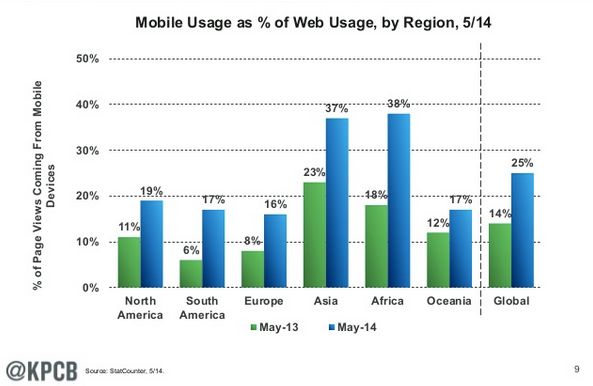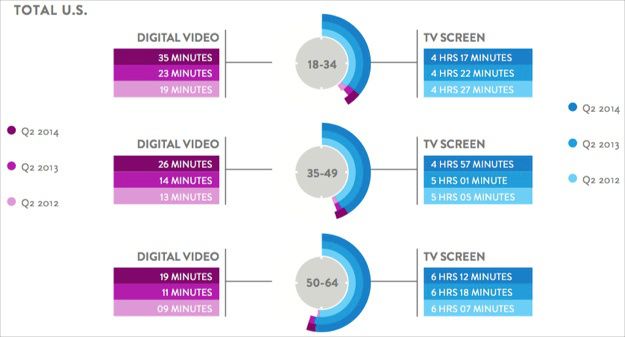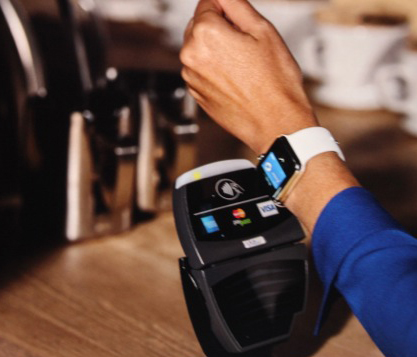Super Evil Megacorp was featured in Apple’s event introducing new iPhones, putting CTO Tommy Krul on stage with a copy of Vainglory, the new multiplayer online battle arena (MOBA) game that Super Evil Megacorp is preparing to launch on mobile platforms soon.
How did you get this incredible opportunity that many developers would give their left arm for?
Bo Daly: It’s been quite an exciting moment for us. The opportunity came up as a bit of a reward for building a product that’s undeniably pretty solid, and the hard work and effort in chasing that down. We never expected this — we started the company two and a half years ago at a time when it wasn’t really obvious that we would hit a confluence of events between the technology and the market readiness. It feels a little more inevitable now that hard-core games, really high-quality PC style games, are going to be coming to these devices. We still have quite a lot of work to do to actually keep up to the promises that we made to our players. I think Apple recognizes and appreciates the craftsmanship and dedication we’ve put into the game so far.

Bo Daly
Kristian Segerstrale: To me it’s a question of both being fortunate in the timing and having worked a very long time on a product that’s coming to maturity at around the same time as Apple’s products have reached maturity. The other thing that’s really been in our favor is actually having our own engine, the Evil Engine, is something that enables us to not just create incredible gampelay, and push the boundaries of what’s possible on the device, but it also lets us really aggressively chase device opportunities. In this case, when Apple announced Metal technology and also the A8 chip we were very fortunate in that we could actually start working straight on the hardware. We didn’t have to rely on a third-party engine to bring the game to life. All those polygons and dust particles and butterflies, it’s something that we were able to do. It’s not something that we expected, but something that we are incredibly grateful for and we’re obviously very excited, but we still have a lot of work to do.
What has the response been so far to your appearance at Apple’s event?
Kristian Segerstrale: Just the fact we managed to get Apple to project a huge Super Evil Megacorp logo on their stage felt pretty good. I would say overall it’s been pretty overwhelmingly positive, and curious, and encouraging. With any core game, it’s all in the game play. Clearly people are curious to see how this plays. I think there’s a sense of ‘wow, these guys are trying really hard to create something that’s truly a legitimate core game on touch screens.’ Ultimately, that’s what we want to try to convey. It’s not that ‘we have the best game in the world, you just wait,’ it’s more that we’re really hard at work trying to make this for gamers like ourselves and we really appreciate all the support.
What does this imply for Apple’s support of gaming?
Bo Daly: Certainly, we can’t really speak for Apple on that, but they are certainly noticing it and taking some pride in what they have been able to build. iOS is already a pretty impressive gaming platform. Apple really does blur the line between mobile and console gaming. Metal is a big deal for them, and with iOS 8 it’s really going to allow us to do a lot with the hardware and push all kinds of great graphics and great game play. This is a game that we really only ever imagined playing on tablets, so it’s pretty exciting for us.
Kristian Segerstrale: One way that we think about it is that when technology reaches a certain level, and you can get this style of gaming on the devices, we are certainly hoping to be able to help sell hardware at the end of the day. Vainglory on Metal devices on the A8 chip is just incredible. It does run on older devices, but when you compare the two builds next to each other, between the frame rate and the graphical performance you get out of it, it’s like a Blu-Ray running on your HDTV at home. It’s a higher graphical performance than you get on most next-gen consoles right now. From our perspective, we are obviously working hard on Vainglory, but there’s a very fair chance over the next couple of years as these technologies mature and get better we will capture the imagination of core gamers and that will ultimately help sell devices.

Kristian Segerstrale
How would you compare the experience of playing Vainglory on the iPhone 6 Plus to playing on the iPad?
Kristian Segerstrale: We play all the up to big iPads, and typically what you win in terms of individual click position on the bigger screens you lose in terms of the amount your finger needs to move. It’s surprising how well this game plays on a lot smaller screens than we initially thought we were going to put the game on.
How much preparation did you put into this, between getting the software optimized and preparing to demo?
Bo Daly: Certainly there was work to be done to really support the technology. It was well worth the effort, because the Evil Engine gave us the infrastructure we needed to do various things. It gave us a speed boost on that, it took us less time than it could have taken. It wasn’t an easy task by any measure, but we’re really happy we were able to do it.
Now you really have to put up a great game . . .
Bo Daly: That’s absolutely it. The big stage is really humbling, and a great experience, and we’re all super grateful for the exposure and the vote of confidence. But our success is going to be measured in the one-to-one that we make with every player that downloads the game, and that hasn’t really changed through any of this. Our promise to core gamers is that we’re making games that are worthy of their time and attention. Whatever device they’re playing on, the game is played between their mind and the mind of their opponent, and that’s really what it should be for any of these competitive strategic games.
The scarf Tommy Krul wore has become a Twitter sensation . . . was that planned?
Kristian Segerstrale: It’s the subtle art and exact science of well-planned social PR. Tommy can speak for himself, but I did not call that one.
Bo Daly: I did not know that was going to happen. He may have had it all planned, but I haven’t a debrief with him.




 Bo Daly
Bo Daly
 Kristian Segerstrale
Kristian Segerstrale

